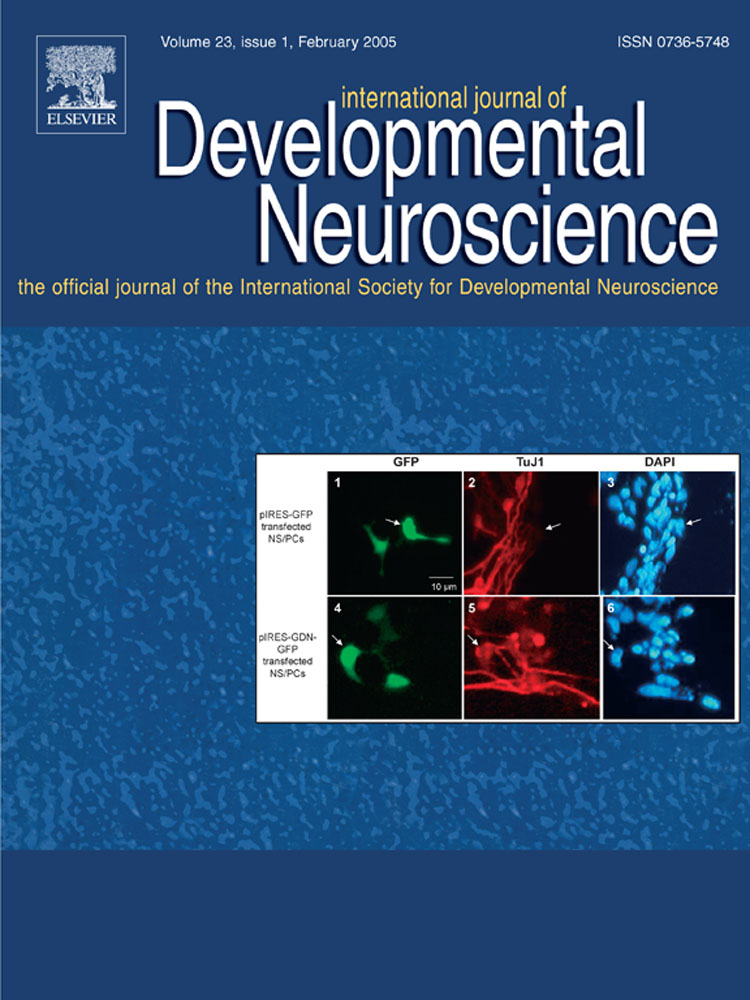Glial-derived nexin, a differentially expressed gene during neuronal differentiation, transforms HEK cells into neuron-like cells
Abstract
Glial-derived nexin (GDN) is a proteinase inhibitor secreted from glial cells and it can enhance neuronal function. However, its expression and function in neuronal differentiation are not, as yet, well-known. In the present study, we analyzed glial-derived nexin gene expression in dissociated neural stem/progenitor cells (NS/PCs) (D0) from the embryonic mouse cerebral cortex, expanded NS/PC cultures (D4 and D10 cultures) and cultured neurons (E15) using a semi-quantitative RT-PCR assay. Our data suggest that mouse GDN, homologue of human GDN, was significantly up-regulated in the expanded NS/PC cultures and cultured neurons. To analyze its function in neuronal differentiation, human GDN cDNA was cloned into bicistronic plasmids containing green fluorescent protein (GFP) and the resulting plasmids were transfected into rodent primary NS/PCs and non-neuronal human embryonic kidney (HEK) cells. Our data suggest that the ectopic expression of human GDN triggered the expression of the neuronal marker TuJ1 in both NS/PCs and HEK cells. We conclude that GDN is up-regulated during neuronal differentiation and plays a role in transforming non-neuronal HEK cells into neuron-like cells.




